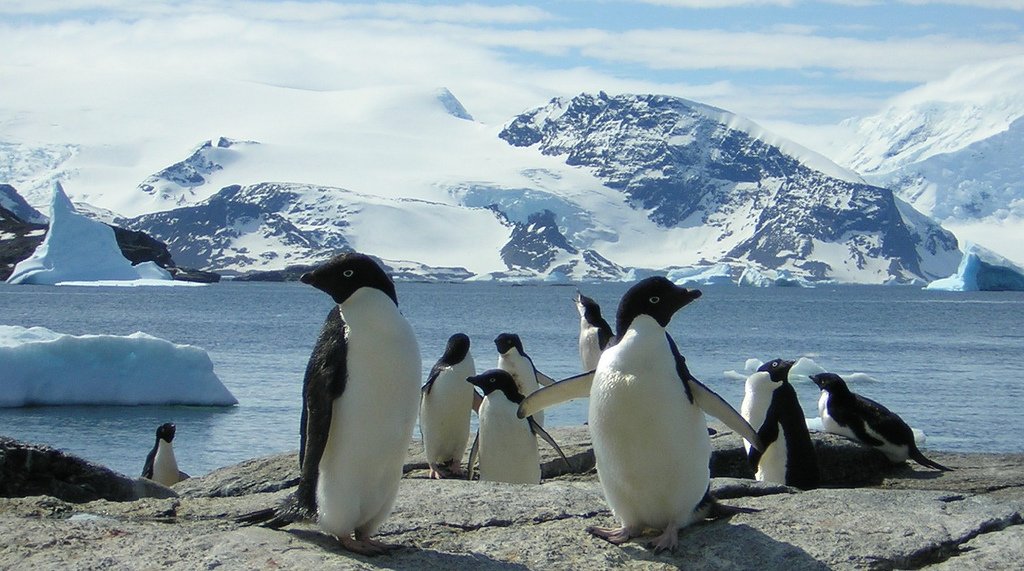- Jul 23, 2018
- 4,441

HSwMS Vind
TOP SECRET
Going to be Sore... Round Two!
By this stage the vessels were reaching the end of their final stretch, the 60+ hour journey had brought them deep into the South Atlantic Ocean and only a matter of a few courts from the Antarctic Penninsula where they intended to finalise their approach and plans to ultimately begin final positioning along the shoreline. This was very much the final stretch for Operation Molybdenum, reaffirming Swedish show of power in the southern hemisphere and protecting the Swedish Antarctic Territory. The Spanish were privately informed of the coordinates of all vessels within the South Atlantic Ocean for refuelling at their discretion. The addition of a further replenishment vessel took the fleet from twenty four to twenty five, making it undoubtedly the largest deployment to Antarctic waters in history.
HSwMS Vind would refuel as many vessels as it physically could before bouncing back and forth between the Canary Islands and their current position should further replenishment be required.
Upon the arrival of ESPS Patiño vessels awaiting floor would perform a sort of drive-through holding pattern, retaining full radio contact with Spanish for the replenishment process, following the essential cargo replenishment in the Canary Islands the only necessity was for fuel to pull the fleet across the final stretch. HSwMS Polär is the next ship to require the Spanish services...
"Patiño, Patiño, this is warship Polär of the Swedish Royal Navy. We are headed bearing two-four-zero and requesting refuel. Over."
As they await approval from the Spanish they'd begin clearing the deck for the necessary refuelling procedures that were due to follow.
@Zak








